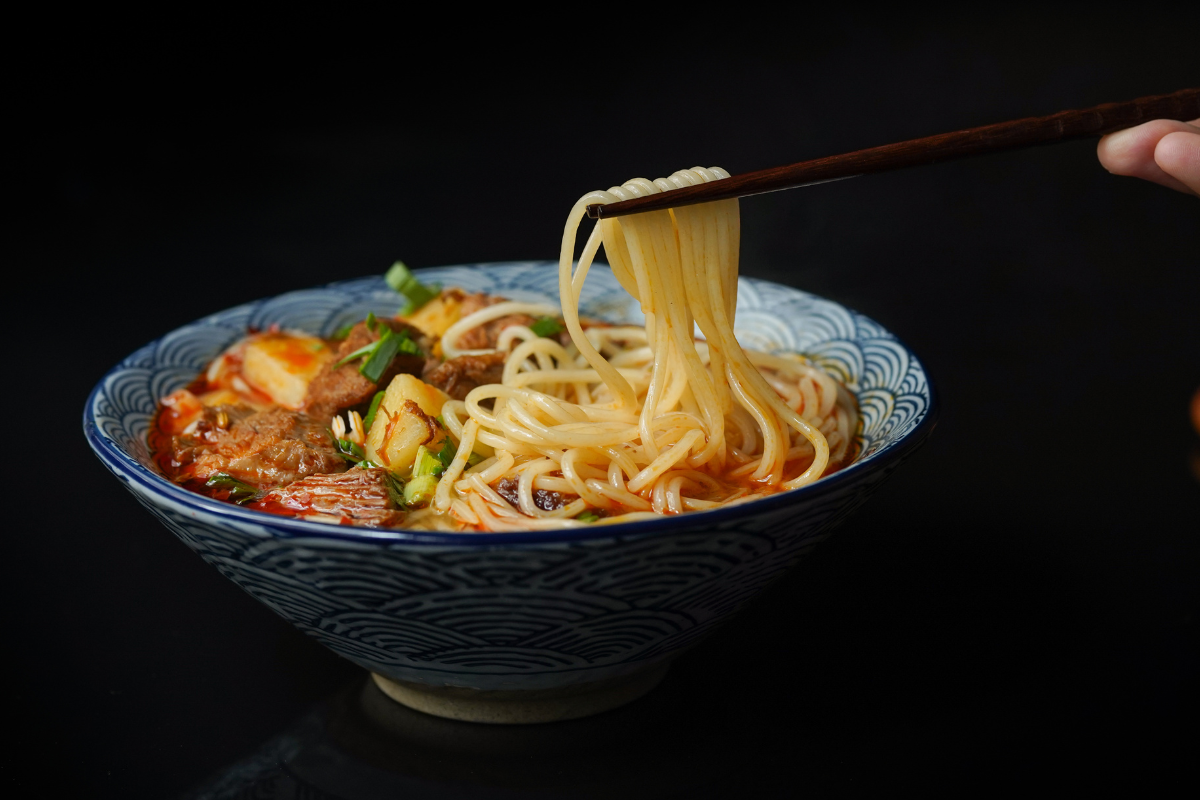
Suzette Cloutier, Carol Widener, and Laura Grala, owners of the hydroponic grow center Lila’s Garden, hope to turn others on to the superfood lifestyle. Photo by Tim Robison
As a health-food trend, microgreens are more “now” than Macrobiotics and loads lighter than the meaty Paleo diet. And, unlike the weeklong liquid “meals” offered by the juicing craze, the crunchy miniature superfood also offers some textural satisfaction. But if the appeal of microgreens grows the way its adherents hope, this movement will transcend fads and become a natural part of our food culture. Here today, here tomorrow.
Actually, it was here yesterday, too, points out Carolyn Widener, who, with co-owners Suzette Cloutier and Laura Grala, oversees Lila’s Garden, a hydroponic grow center in Hendersonville. Widener reveals that “Otzi the Iceman” (aka Europe’s oldest mummy) was reported to have eaten young wild greens, along with other common prehistoric foods, at his last meal some 5,000 years ago.
However, the success of Lila’s Garden owes everything to 21st-century technology. The miniature plants, much smaller than long-fashionable “baby greens,” are grown on swaths of burlap and nurtured by a precisely timed water and nutrient flow. LED lights emulate the intensity and wavelength of the sun within the exact bandwidth of the plant’s photosynthesis. The greens are harvested in under two weeks.
The company retails to individual consumers and provides produce to local markets — including the Hendersonville Community Co-op, Greenlife Grocery, Whole Foods, and Earth Fare — and to regional juice bars, country clubs, and upscale restaurants. (Begun in Charlotte by Wall Street analyst-turned-health-food-aficionado Thomas Mueller, the indoor garden was named after Mueller’s daughter. The operation expanded to Hendersonville in 2014; there’s also a Chicago branch in the works.)
Due to entirely soaked roots during its short life cycle, the more-familiar salad sprout is prone to dangerous bacteria, while a comparatively rootless microgreen is only intermittently watered. The plant is simpler: typically one stem and two wee seed leaves. It’s a delicate food with a whoppingly efficient nutrition profile — some varietals contain up to 300 times more vitamins than their traditional veggie counterparts, according to various public and private studies. What’s more, they are richly flavorful. Chefs make use of the spicy daikon radish, spirited Calabrese broccoli, and exquisitely sweet pea shoots, among the many dozens of greens available.
Widener worked for years in commercial farming, and was drawn to hydroponics after witnessing what the hazards of climate chaos — including violent storms, excessive rain, and late frost — could do to a crop, and thus to a farmer’s livelihood. Minus the occasional electricity outage or extreme cold snap, “we don’t have to contend with environmental stressors indoors,” she points out. “We don’t have to deal with drought.”

The success of Lila’s Garden owes everything to 21st-century technology. The miniature plants are grown on swaths of burlap and nurtured by a precisely timed water and nutrient flow. LED lights emulate the intensity and wavelength of the sun within the exact bandwidth of the plant’s photosynthesis. Photos by Tim Robison
Beyond temperature control, rigorous reverse-osmosis water filtering ensures the product’s purity. The facility in Hendersonville, the former home of Immaculate Baking Company, feels more like a massage-therapy business than a warehouse. New Age music, a well-appointed lobby, and the loud silence of rapidly growing plants fill the 11,000-square-foot place with a mysterious hush of reverence. (Think of a greenhouse, but with higher ceilings.)
In her composed way, Widener praises the rise of the nutrient-dense diet, where less is more and so-called “emotional eating” is abandoned to a higher goal.
She admits that it “takes a little retraining experience” to feel a sense of satiety eating a plant-based diet. Micro pea shoots, for example, are full of protein, but not as immediately gratifying, perhaps, as a chunk of cheese.
However, an aging population of Baby Boomers and Gen X-ers, paired with a swelling demographic of science-savvy millennials, know that diet has become crucial to longer, more frugal living. Eating for nutrition density satisfies various ethical concerns, from avoiding environment-harming pesticides to opting out of the pharmaceutical-heavy, hugely expensive milieu of Westernized healthcare.
“Younger people desire to leave less of a footprint by their choice of food. They are skeptical of commercially raised anything,” says Widener. And because of so much diet-based disease, “eating correctly can minimize the cost of healthcare. It can cut down on doctors, on hospitals.
“It can be your medicine.”
For more on Lila’s Garden, visit lilasgarden.com



